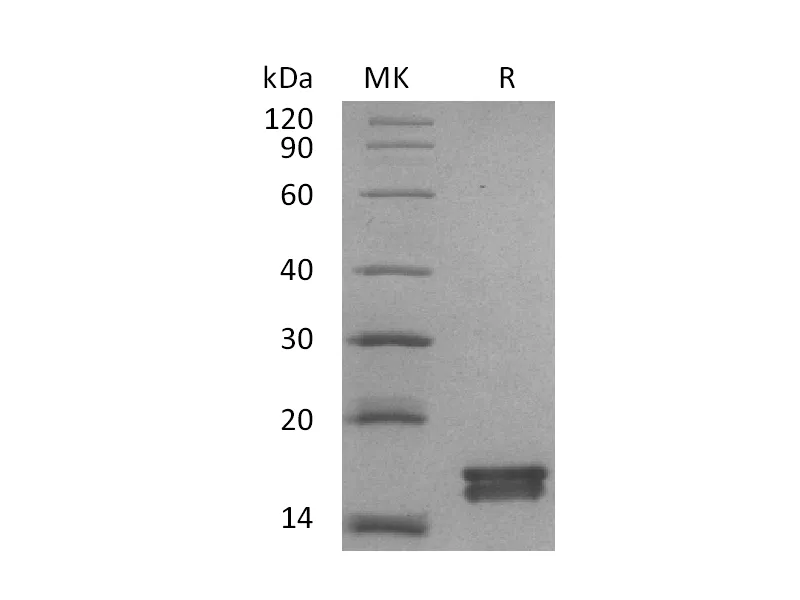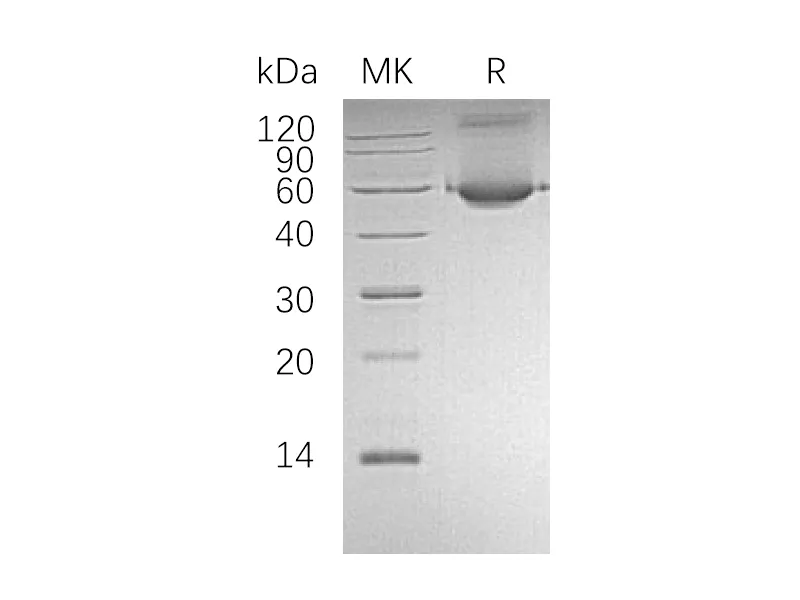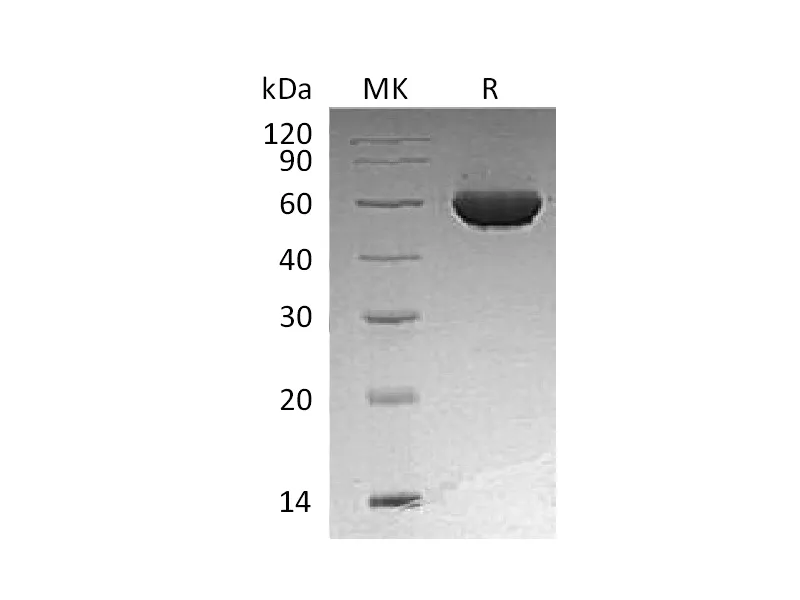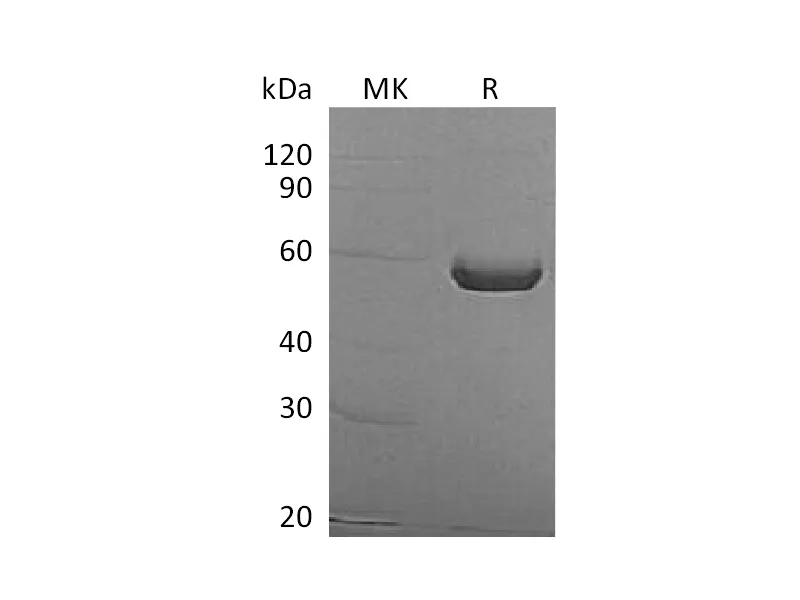Alternative Names
G1/S-specific cyclin-D2;CCND2;
Background
CCND2,also known as G1/S-specific cyclin-D2,is a member of the highly conserved cyclin family. Different cyclins exhibit distinct expression and degradation patterns which contribute to the temporal coordination of each mitotic event. Cyclins function as regulators of CDK kinases. This cyclin forms a complex with and functions as a regulatory subunit of CDK4 or CDK6, whose activity is required for cell cycle G1/S transition. CCND2 is involved in a number of fundamental biological processes such as phosphorylating and inhibiting members of the retinoblastoma (RB) protein family including RB1 and regulating the cell-cycle during G1/S transition. It is also substrate for SMAD3, phosphorylating SMAD3 in a cell-cycle-dependent manner and repressing its transcriptional activity. Phosphorylation of RB1 allows dissociation of the transcription factor E2F from the RB/E2F complex and the subsequent transcription of E2F target genes which are responsible for the progression through the G1 phase. Cyclin D-CDK4 complexes are major integrators of various mitogenenic and antimitogenic signals. Component of the ternary complex, cyclin D2/CDK4/CDKN1B, required for nuclear translocation and activity of the cyclin D-CDK4 complex.
Note
For Research Use Only , Not for Diagnostic Use.




